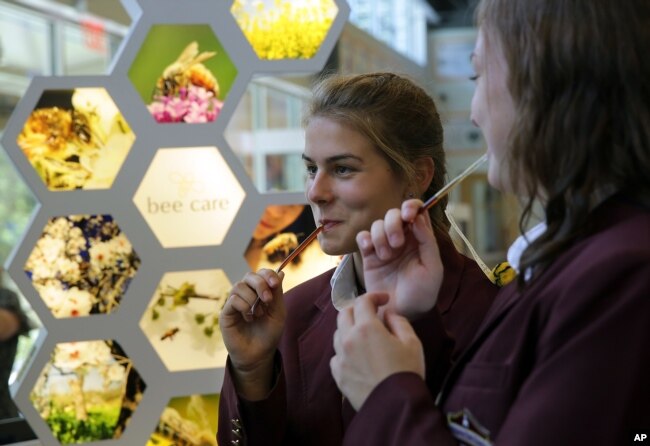- Sep 14, 2011
- 63,947
- 9,979
- 2,040
Can someone please explain to me me how MindWars and other RWNJs vote to kill bees and then whine and bitch that the bees are dying?
[emoji780]
Sent from my iPad using USMessageBoard.com
[emoji780]
Sent from my iPad using USMessageBoard.com




